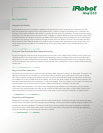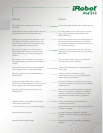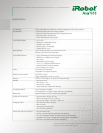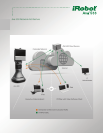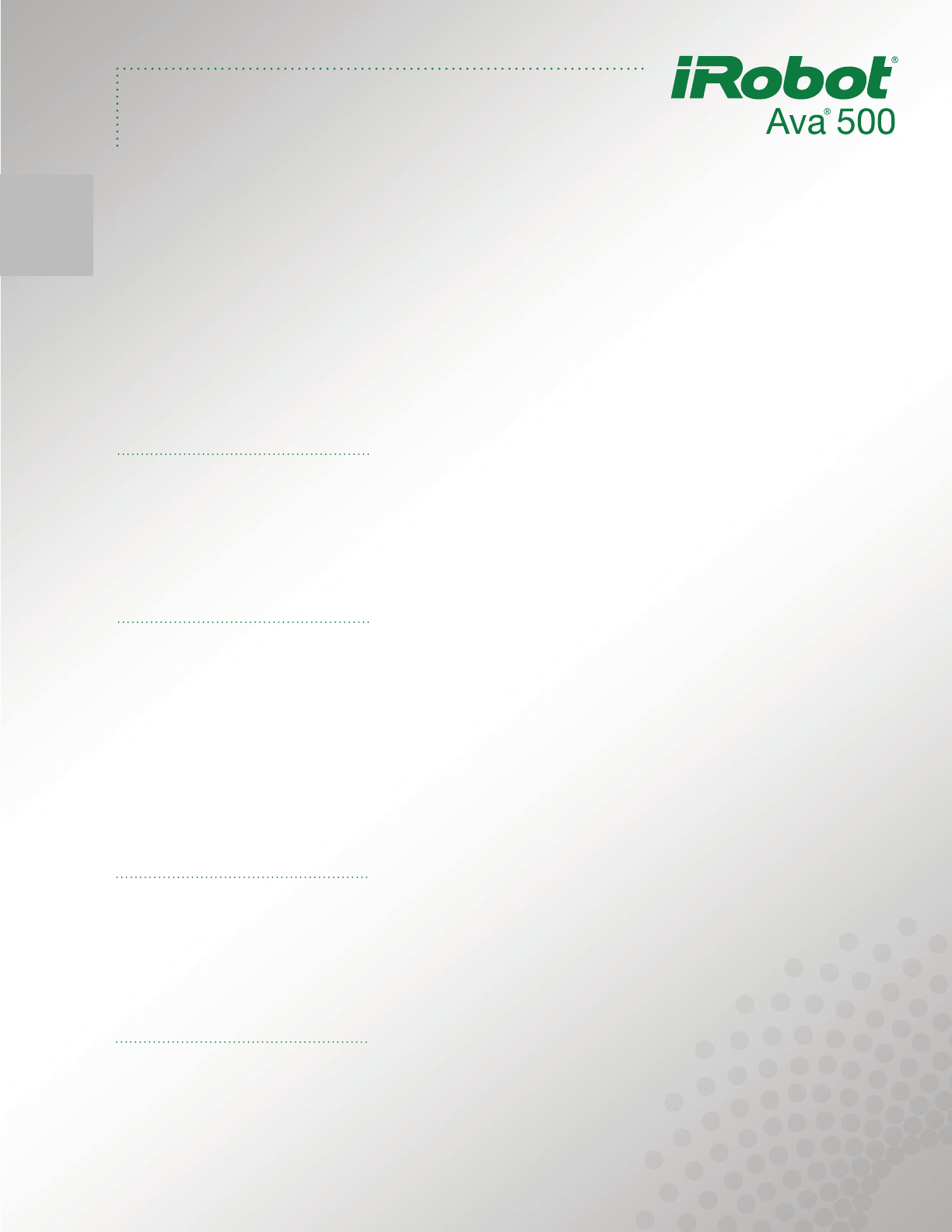
Key Capabilities
Navigation and Mobility
Ava 500 features autonomous navigation capabilities that allow remote users to simply specify a destination and the
robot will automatically navigate its way to the desired location. There is no need for the remote user to understand the
topology of the location where the robot resides or manually drive the robot to its destination. Through advanced mapping
technologies, Ava 500 learns the environment in which it operates to create a realistic topology map of each location. Built-
in obstacle detection and obstacle avoidance capabilities (ODOA) that leverage laser, 3D imaging and sonar technologies
ensure that if the topology of the environment changes or there are moving objects in its path, such as people, the robot
will not bump into them. Manual operations to rotate the robot, move the robot telepresence system up-and-down, and
tilt the camera are also provided for more refined control of the robot. Robot speed may be controlled based on site
conditions.
Enterprise-Class Standards-Based Videoconferencing
Ava 500 leverages HD video and audio videoconferencing via a built-in Cisco TelePresence™ EX60 for video calls of up to
1080p30 resolution. Standards-based H.323/SIP videoconferencing calls up to 6Mbps point-to-point ensure that users
will benefit from an optimal videoconference experience. Embedded enterprise-grade security such as encryption, secure
HTTPS management, and password protection ensures that Ava 500 is a trusted part of your corporate videoconferencing
infrastructure.
Easy-to-Use Client Application
The remote user schedules and controls the robot via iRobot’s client application running in an iPad tablet. This easy-to-use
application provides ease and simplicity for non-technical users by abstracting the actual robot from the user. A remote
user simply schedules a meeting and places a request for a robot and the application assigns and provisions a robot from
the available pool. At the scheduled time of the meeting, the remote user simply initiates the videoconference session and
the robot travels automatically to the destination in time for the meeting. When the meeting has concluded, the remote user
ends the session and the robot returns to its docking station automatically to recharge for the next user.
When needed, manual operation of the robot is done through trackpad interfaces on the iPad which control movement
of the robot. With these trackpads, the robot can be manually moved forward, backward, or side-to-side. Further control
allows the camera to be moved up-and-down and the video screen to be moved from a standing to a seated position.
Scheduling and Management
Management of Ava 500 is done through the iRobot Ava 500 Cloud Service. The iRobot Ava 500 Cloud Service manages
the resource pool of robots, tracks and manages robot scheduling, monitors robot health including charging condition, and
provides error reporting capabilities. The iRobot Ava 500 Cloud Service provides robust resource allocation functionality,
which allows users to simply select where, when, and how long they need a robot rather than spending time reserving a
particular robot that may not be available at the time it is needed.





